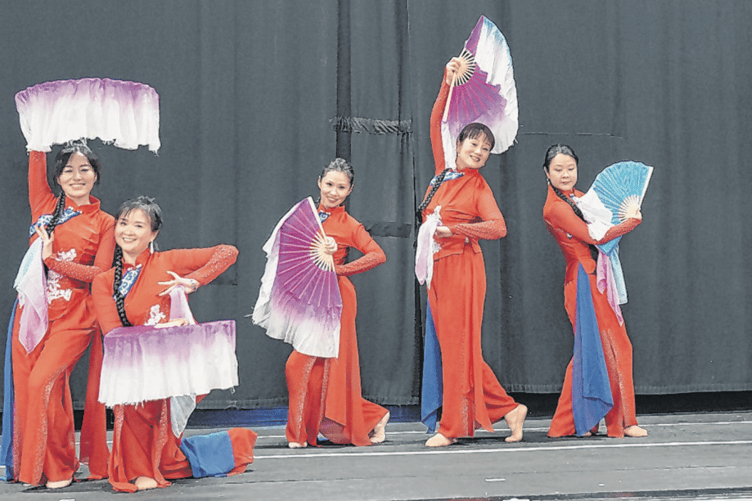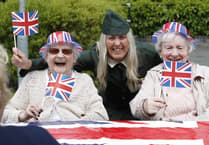The Chinese Association of Woking was delighted to co-host, with the Woking Chinese School, the Mid-Autumn Festival at St John the Baptist School.
The significant festival, which dates back more than 3,000 years, is the second-biggest festival for the Chinese community after Chinese New Year and is recognised as an opportunity for families to get together.
It is also called the Moon Festival as it is celebrated when the moon is believed to be at its biggest and fullest.
The festival symbolises family reunion and all families appreciate the moon in the evening because it is the 15th day of the eighth month of the lunar calendar, when the moon is at its fullest.
Gathering, thanksgiving and praying are concepts that are fundamental to the festival.
During the festival, lanterns of all sizes and shapes – beacons that symbolise lighting people’s path to prosperity and good fortune – are carried and displayed.
Mooncakes, a rich pastry typically filled with sweet-bean, egg yolk, meat or lotus-seed paste, are traditionally eaten during the festival.
The celebration, on October 14, brought together some 180 members and friends who enjoyed an exciting series of performances, notably a dragon dance, cultural acts and a special meal, including mooncakes, fruit and Chinese snacks, as well as games and a raffle draw.
Guests included Woking MP Jonathan Lord, the mayor of Woking, Cllr M Ilyas Raja, borough councillor Josh Brown, the chair of Surrey County Council, Cllr Saj Hussain, and the founder of the Chinese Association of Woking, Catalina Brook.
Among the highlights of the afternoon were a diverse array of cultural performances, and the excitement reached a crescendo as the teacher, parent and student groups from Woking Chinese School performed a lion dance, traditional Guqin, classic Chinese dances, and Chilly Cha Cha dance, interacting with the audience.
The Mid-Autumn Festival has enhanced the friendly interaction in the community, and improved the understanding of Chinese culture among many local students.
The celebration signifies much more than just a lunar celebration.
It also serves as a reminder that these traditions are alive and prioritise connections with loved ones.


.jpeg?width=209&height=140&crop=209:145,smart&quality=75)


Comments
This article has no comments yet. Be the first to leave a comment.